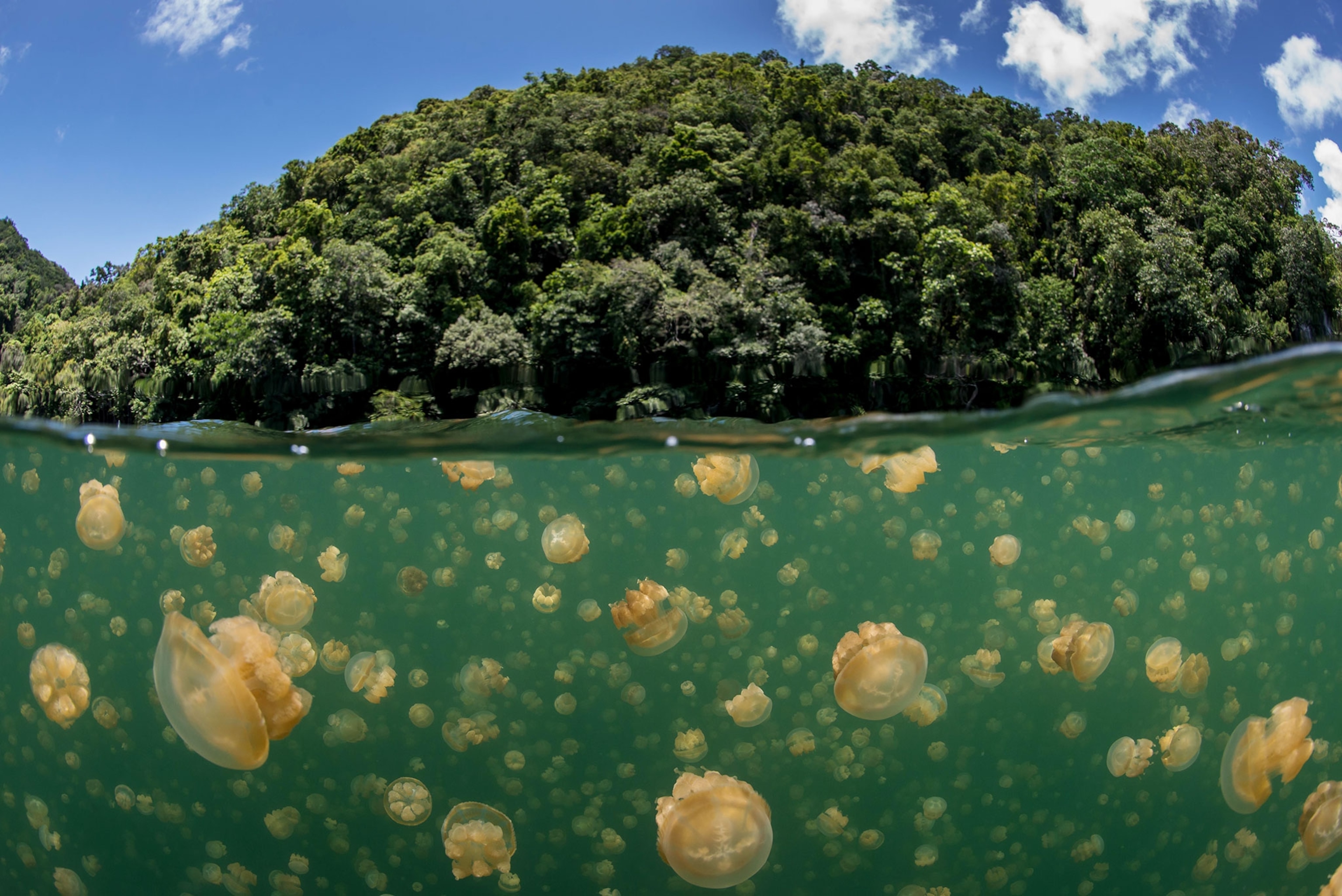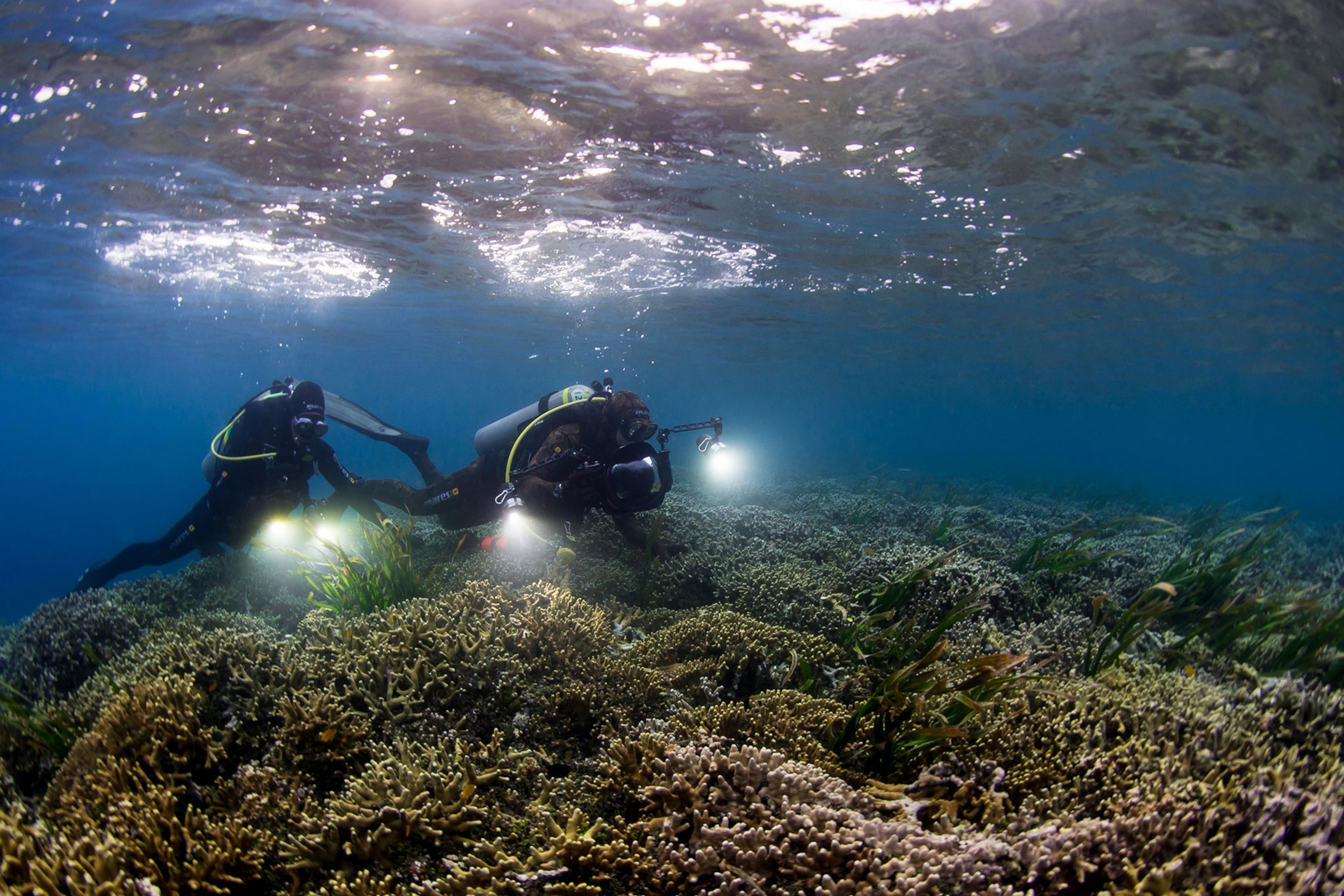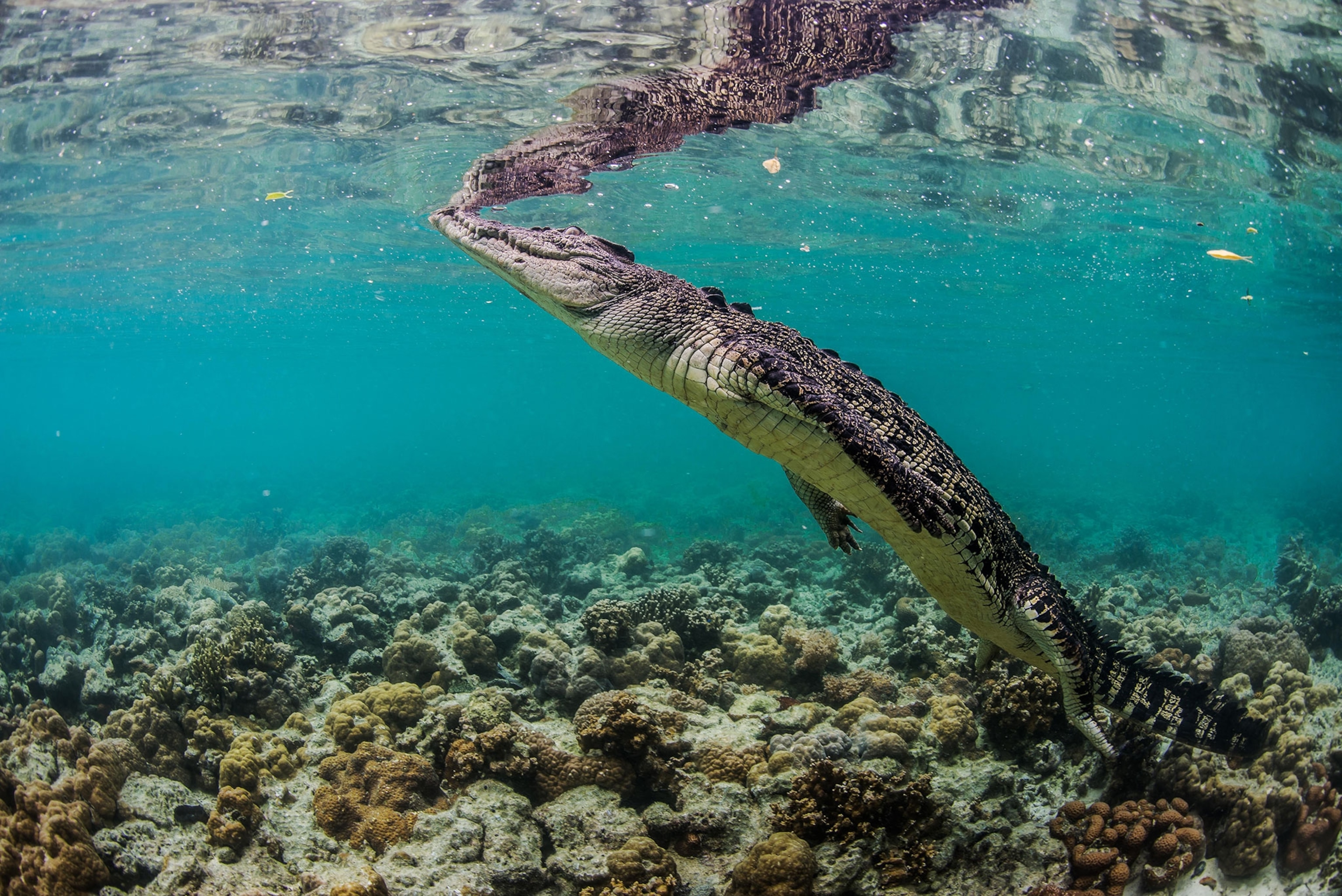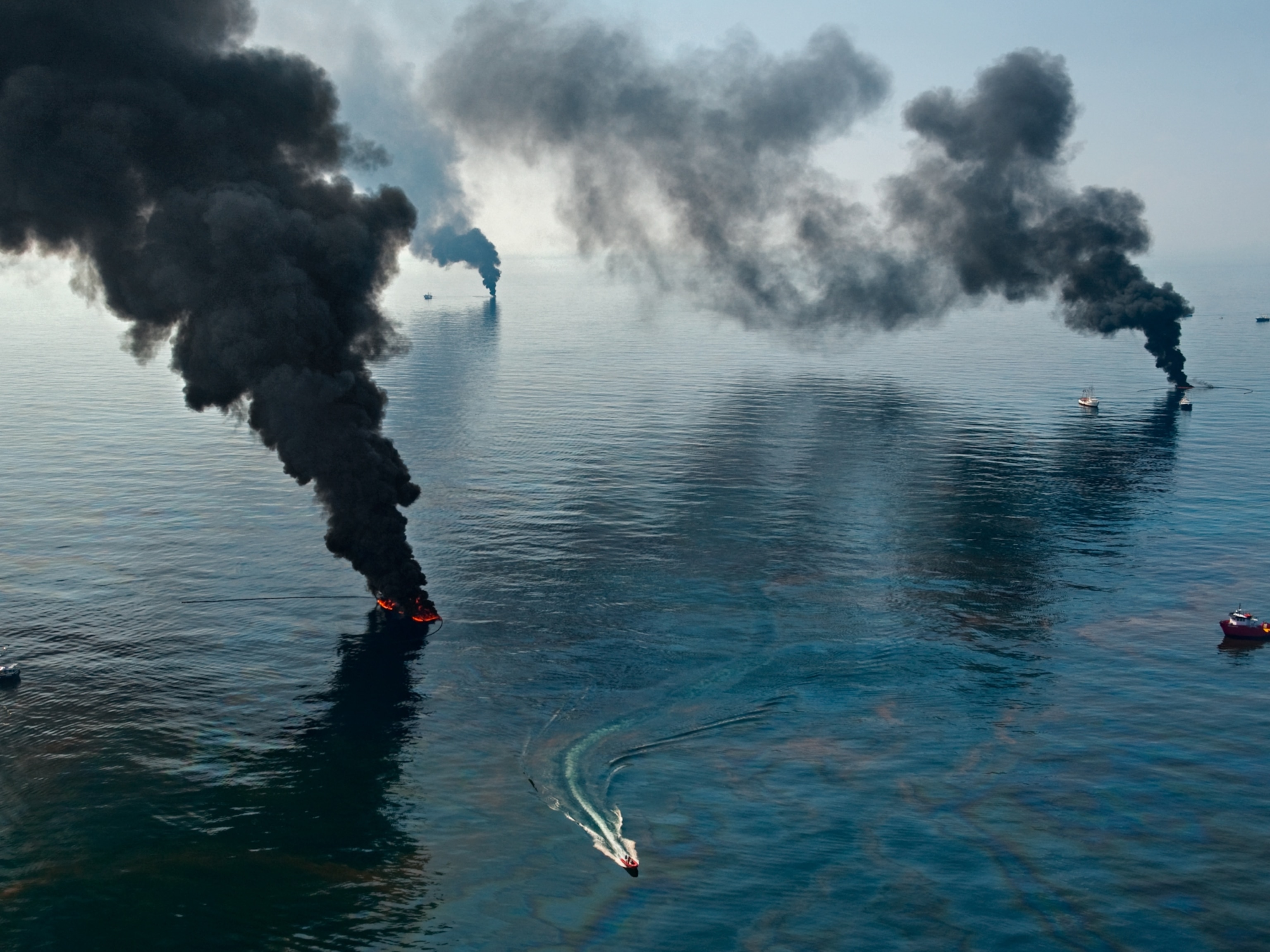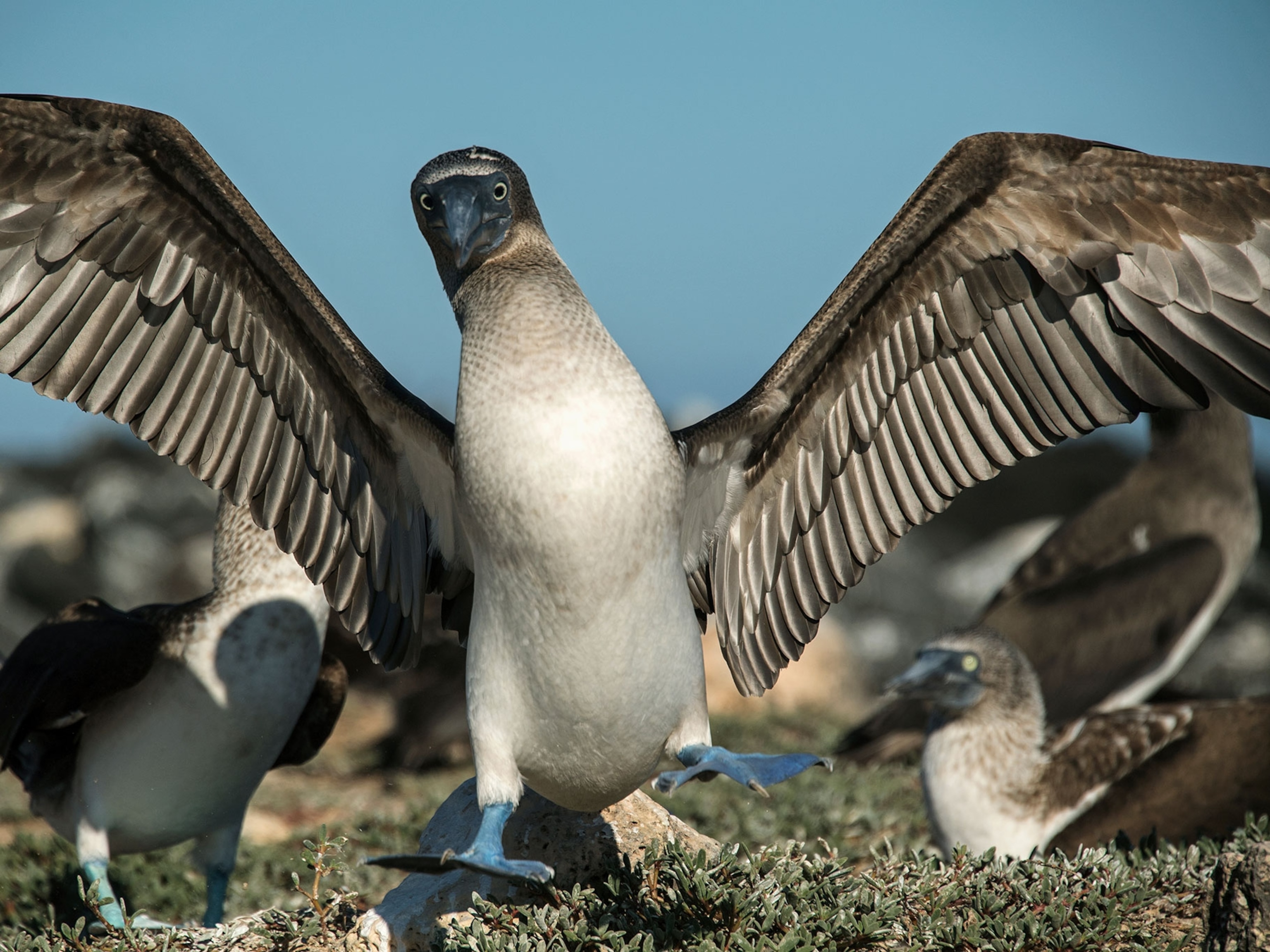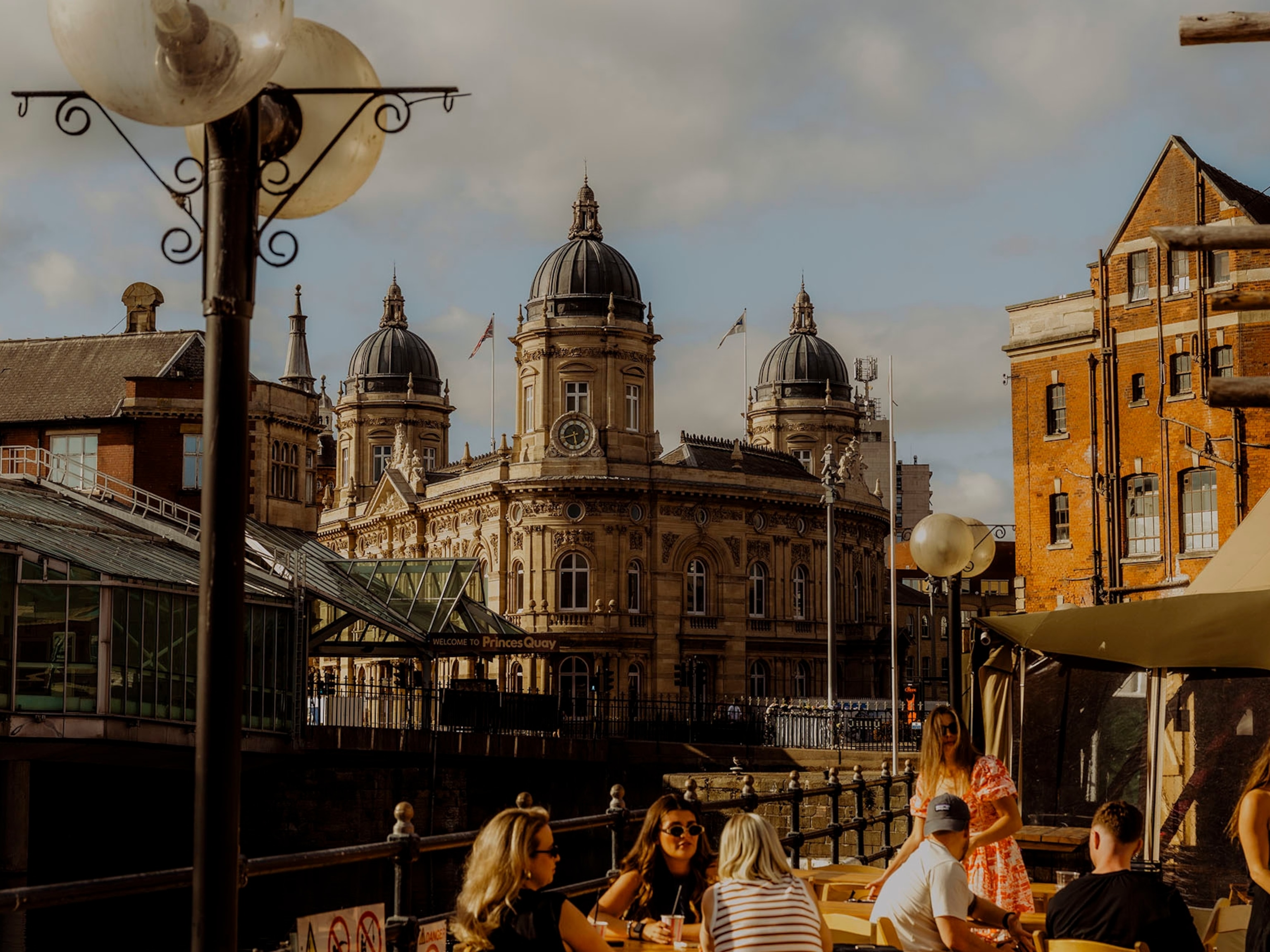The World Has Two Years to Meet Marine Protection Goal. Can It Be Done?
Protecting 10 percent of the ocean by 2020 was a baby step toward creating a healthier ocean. One study found we're not even half way there.
The U.N. is nearing its decade-long goal of protecting 10 percent of the global ocean by 2020. But the world may fall short.
Scientists agree that marine protected areas, or MPAs, are essential for environmental health: they ensure fishers have healthy stocks by preventing resource depletion; they protect endangered species; they make ecosystems more resistant to climate change; and they maintain biodiversity.
At a U.N. conference held last June, the executive secretary for the Convention on Biological Diversity announced approximately 5.7 percent of the ocean was protected. But a new study published in Marine Policy paints a less optimistic picture.
As of early 2018, only two years away from the U.N. target, the world is not even halfway there, according to the study. (The assessment was supported in part by the National Geographic Society's Pristine Seas project.)
The scientists found that 5.7 percent figure also included regions that were in various stages of becoming marine protected areas (MPA). In some cases, the areas were simply being proposed. In others they were still under discussion and not fully approved.
"Calling an area that allows commercial fishing 'protected' is like calling a logging concession a 'protected forest.' It's worse than an euphemism; it's a lie," says Enric Sala, study author and National Geographic's Explorer-in-Residence who leads the Pristine Seas project.
In their own assessment, researchers found only 3.6 of the ocean was in an implemented marine protected area and only two percent of the ocean was in an MPA that was entirely restricted access.
"MPA is king of a catch-all term. There are a lot of different categories within MPAs. It could be anything from a national marine sanctuary that may allow commercial fishing all the way down to full protection, which is completely closed to all destructive activities," says Kirsten Grorud-Colvert, an ecologist from Oregon State University and a study author.
Completely closing off a region allows scientists to use it as an experimental control, she says. With that, they can better assess the damage to marine areas that remain subject to human influence.
"The data is overwhelmingly conclusive that positive effects happen when you close an area," she adds.
The International Union for the Conservation of Nature sets international guidelines for MPAs. The IUCN's World Commission on Protected Areas then acts like a recording system of who is adhering to these guidelines and where. This information is documented in the World Database of Protected Areas (WDPA).
"The challenge is that the WDPA has to report whatever countries report," she says. "It may be that they announce [an MPA], but they're really early on [in the process]. That's part of what's leading to some of the challenges in accurately accessing how much of the ocean is protected."
As a remedy, the paper suggests that more transparency and accountability could help these large international organizations sift publicity stunts from tangible conservation.
"Countries are rushing to 'achieve' their commitments, and many countries...are already cheating and claiming protection, but they are not really protecting new areas," says Sala. "The world must not accept bogus claims. They will not bring back marine life."
Grorud-Colvert notes that raising the current two percent of protection to eight percent in only two years likely won't happen. But if all the proposed areas actually do become implemented, 7.3 percent of the ocean would be protected.
Spurring Change
Echoing Grorud-Colvert is one of her fellow study authors.
"My personal view is that we're not likely to make it," says Rashid Sumaila, an environment economist from the University of British Columbia. "If we don't even hit 10 percent, we're far away from what we need."
Thirty percent, he notes, is the real amount of protection scientists agree should be implemented in the ocean. The U.N. goal to reach 10 percent was a baby step to get there.
To understand why more countries haven't acted to create MPAs, Sumaila says you have to look at the economics of marine conservation.
In remote regions—take Midway Atoll, the first U.S. MPA created under the Obama administration, for example—fishing is not a widescale operation.
In regions that do have massive fishing industries, establishing an MPA is more difficult.
A study published last month showed industrial fishing alone occupies more than half the global ocean, so conflict with the fishing industry and conservationists is a frequent source of friction.
"They want to front load the benefits," he says of governments resistant to implementing MPAs. "In fishing communities life is hard. Income is generally low already."
Subsidies, he suggests, are one way to ease the burden. Distributed efficiently, he says his own economic data has showed countries will receive a return on investment in the long-term.
"It's possible biologically and economically," Sumaila adds. "The question is how do you organize it."
Correction: A previous version of this article stated the World Commission on Protected Areas is administered by the U.N. It is administered by the IUCN.
